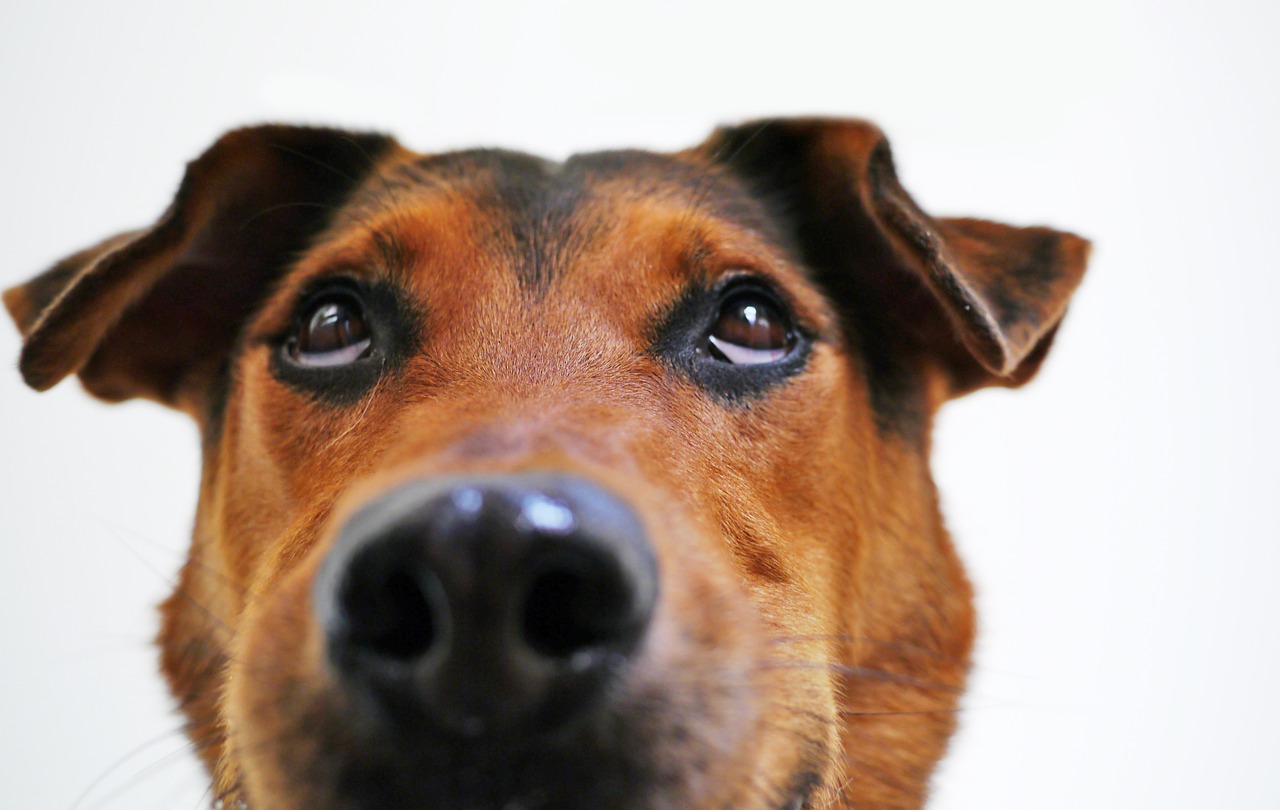
Mulch Poisoning in Dogs
What is Mulch Poisoning? Cocoa bean mulch has an attractive smell that makes the ingestion of the mulch an interesting prospect to many dogs. The danger of ingestion lies in the compounds theobromine and caffeine, which are also found in chocolate. These substances will poison a dog, leading to symptoms like tremors and vomiting. Other types of mulch may be less toxic but still present risk of obstruction of the bowel and irritation to the gastrointestinal tract.
Mold can also be found in mulch; the ingestion can mean that the tremorgenic mycotoxins contained in the mold may cause tremors and seizures. If your pet has access to your garden area and you suspect he has consumed mulch, bring him to the veterinarian to evaluate the toxic effects on the body. Dog owners who have garden areas which are accessible to their pets should be made aware of the dangers of mulch. Cocoa bean mulch in particular causes toxicity in canines who ingest it; other types of mulch can present risks as well. Symptoms of Mulch Poisoning in Dogs The symptoms observed in a dog who has consumed mulch can vary. Cocoa Mulch Rapid breathing Irregular heart rhythm Increased heart beat Restlessness Rise in body temperature High blood pressure Abdominal bloating Hyperactivity Vomiting Diarrhea Thirst Seizures Tremorgenic Mycotoxins Tremors Vomiting Hyperactivity Depression Rapid heart rate Fluid accumulation in lungs Seizures Coma Death Abdominal Obstruction Pain Vomiting Bloating Loss of appetite Refusal to lie down Lethargy Inability to have a bowel movement Types Some types of mulch are considered safer than others; mulch made from cedar, for example is a common alternative, however, ingestion could still involve a risk of mold or obstruction. Untreated wood chips, leaves, and pine needles are all used in the garden but if you have a pet who may ingest large amounts of any of these alternatives, they may not be ideal either due to gastrointestinal irritation or obstruction. Causes of Mulch Poisoning in Dogs Cocoa mulch poisoning may exhibit signs within 6 to 12 hours of ingestion Cocoa mulch contains caffeine and theobromine The methylxanthines in cocoa mulch are rapidly metabolized The central nervous system is affected Symptoms vary due to ingestion (20 mg/kg may produce mild signs of toxicity, 100 mg/kg can be lethal) Cedar mulch is known for repelling insects but may cause allergies or obstruction All types of mulch may contain mold Diagnosis of Mulch Poisoning in Dogs If you suspect that your pet has eaten cocoa mulch, or if you have any other type of mulch in your garden and you know that your pet has been consistently grazing on it, call your veterinarian for an appointment without delay. All risks associated with mulch toxicity can become serious. Do not wait for symptoms to appear. If possible, bring a sample of the mulch to the veterinarian clinic. Product packaging is always very helpful if available. Testing will depend on the clinical signs that your pet is displaying when he arrives at the clinic. Any information you can provide will be important such as recent illnesses, toileting habits, appetite, and activity level. Standard tests will include blood tests to verify the function of the organs (kidney, liver, pancreas), and to provide baseline markers for electrolytes and enzymes levels which will be monitored throughout treatment. Blood tests can also reveal the possibility of underlying disease processes that could complicate the poisoning. If the physical examination reveals a tender abdomen or the presence of a mass, imaging tools like x-rays and ultrasound may be recommended so the veterinarian can see if there is an obstruction. Treatment of Mulch Poisoning in Dogs Cocoa Mulch Poisoning Stabilizing your dog will be key to the treatment. If he is having seizures, medication will be given to bring them under control. Gastric lavage will be done as opposed to inducing emesis if your pet is seizing. However, if he is not and the veterinary team feels that having your pet vomit is safe, this is the best option for eliminating cocoa mulch. Active charcoal will also be given to bind the remaining toxins together. Intravenous therapy will provide additional fluids to assist in helping the body process and flush the toxins. Fluid therapy is also beneficial as the team works to balance enzymes and electrolytes. Tremorgenic Mycotoxins Mold poisoning is very serious and death is not uncommon. As with the mulch poisoning, medication for seizures, gastric lavage, emesis, and fluid therapy will be administered. Due to the severity of the effects of mold on the body, treatment may need to span over a few days. Abdominal Obstruction If the veterinarian has identified an abdominal obstruction in your pet, she will use medication, intravenous fluids, and an enema to see if the mass can be eliminated that way. If not, surgery to remove the obstruction may be necessary which can mean a hospital stay of a few days. Recovery of Mulch Poisoning in Dogs The possibility of recovery and the rate at which it happens will all depend on the amount of mulch ingested, the current health of your dog, and the length of time between the ingestion and the treatment protocol. Fortunately, most canines will fully recover from ingesting mulch. If mold is involved, the treatment may be more involved but records show that many cases have a positive resolution with prompt, aggressive veterinary treatment. Your veterinarian will want to see your pet within a week or two for a follow-up appointment. Removing the mulch from your garden area may be wise unless you are able to prevent your dog from accessing this area. If you have a dog who loves to eat plants, soil, mulch or any other inappropriate items it is best to monitor him at all times when outdoors.
Read more at: https://wagwalking.com/condition/mulch-poisoning


 How to resolve AdBlock issue?
How to resolve AdBlock issue? 